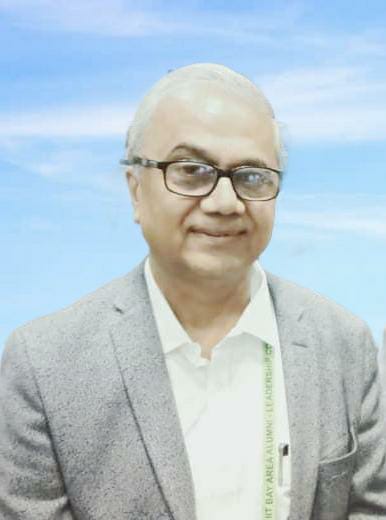
From post-truth to half-truth there are many shades of truth. Like happiness, truth also is an experience, felt or suggested.
We have those happiness surveys that lead to happiness reports. There is a global happiness report and a local happiness report, each claiming to be right.
While the latest world happiness report yet again gives damning evidence of the state of happiness in our country (136th out of 146), the Indian one says that let that report be damned.
All is hunky-dory with us. Truth, after all, is many-faceted. Like beauty, truth also lies in the beholder’s eye. From William James to Goswami Tulsidas, all have said that perception depends on the interpretation of the stimulus. Not the stimulus per se.
Maybe for these happiness indices, we will now need a believability index. But till that time, we have to apply our minds to judge the reliability of these reports.
More so because these reports have been prepared in the aftermath of the world’s most devastating pandemic in hundred years. Happiness, it seems, is a rather bizarre idea. Depending on likes or dislikes, perceptions or imaginations, information or misinformation, and sometimes disinformation and at times, sheer indifference.
We are in an era of post-truth. So, there is their truth versus our truth, real truth versus surreal truth, political truth versus social truth, full truth versus half-truth, discovered versus invented truth and this may go on and on.
Anyway, a great truth talked about these days is a film that is the subject of a popular discourse of all and sundry. The powers that be are praising and promoting the film and the powers that want to be are crying hoarse.
The film portrays the heart-rending plight, and flight too from their homeland, of the Kashmiri pandits at the hands of Pakistan-sponsored terrorists. It was an attempt at ethnic cleansing.
No doubt it’s a great work of art with tragedy, drama and emotions that films do show. Full marks on that count. But films are subject to criticism also. And it should be taken in the same spirit as a creative work of art should be.
But that is somehow not being fairly accepted. It appears as if there is an agenda behind the film. An agenda different from what is apparent. It is absolutely fair on the part of those who are raising the question of why the film chooses to once again recount the painful incidents that may open old sores.
The way a political narrative is being scripted behind the film gives a fair enough hint that it is not only about information, education and stimulating the mind, like other films. The melodrama is being propagated in a business-like fashion.
That reminds of yet another film, with a somewhat similar title and agenda. Another set of files by the same filmmaker. A specialist at making files. That film tried to reopen another chapter in history. Something that had happened many decades ago in an alien land. The agenda in that film, too, appeared similar.
There was more to it than what met the eye. The elements of suspense, drama, emotions and conspiracy in both films have different angles. To project some in good light and tarnish some. Some facts are glossed over, some swept under the carpet and some manufactured. Means of mass communication, as we understand, have a distinct purpose to perform in a society. The least of it is to confuse or mislead.
This applies to films also. What the film should also have shown was that in these three-plus decades, governments of all hues and colours were at the helm. The ghastly stories and brutal killings were being reported in great detail in all leading magazines and newspapers. Films on those stories were also made. But precious little was done.
Lest we forget, there was a Janta government under VP Singh, a leader who along with his home minister was from Kashmir. The government fell when the BJP withdrew support after the Mandal Commission report was implemented. In these 30 odd years, the BJP and Congress were in power for an almost equal period. The blame then cannot lie with any one political formation. All are answerable.
(The writer is retired professor of IIT ISM Dhanbad and a political analyst)





